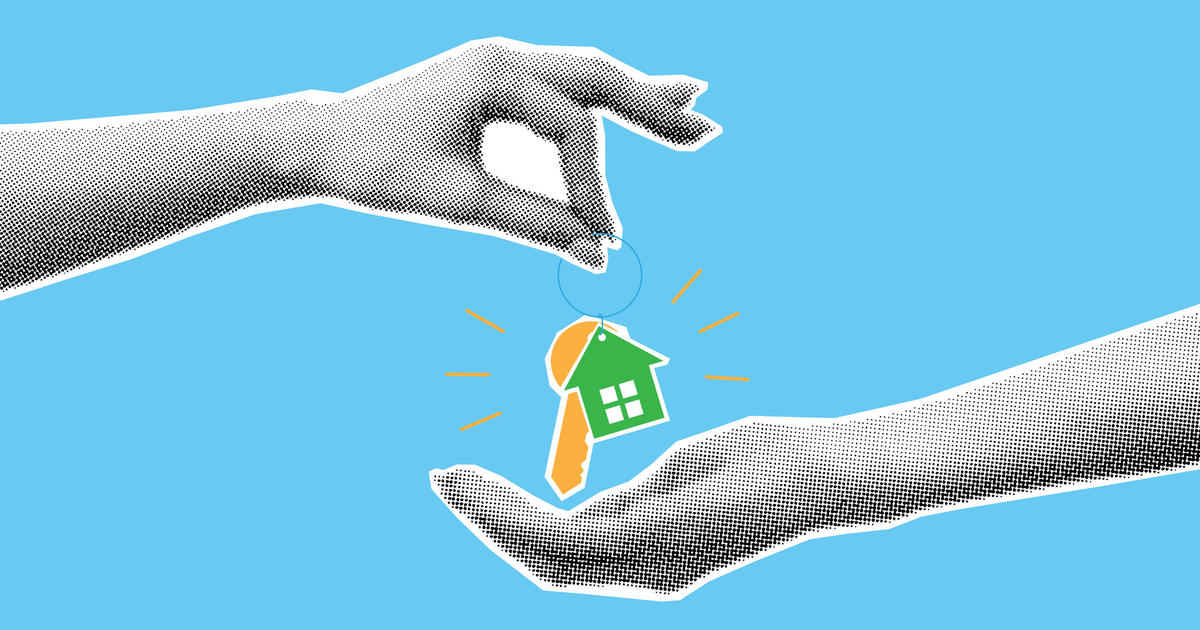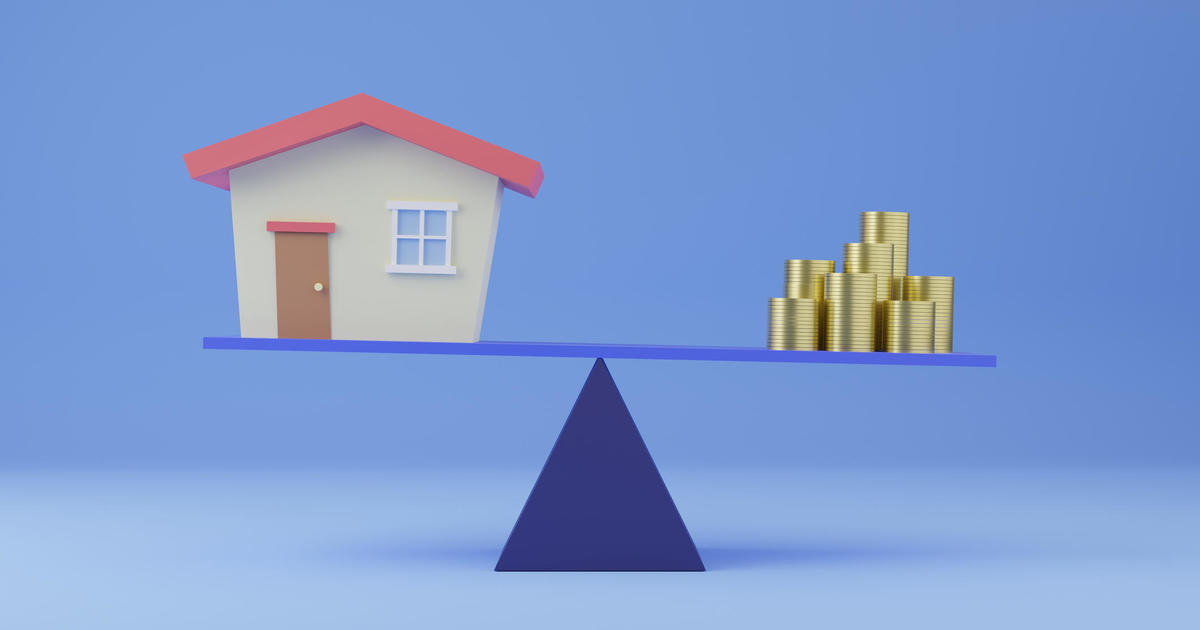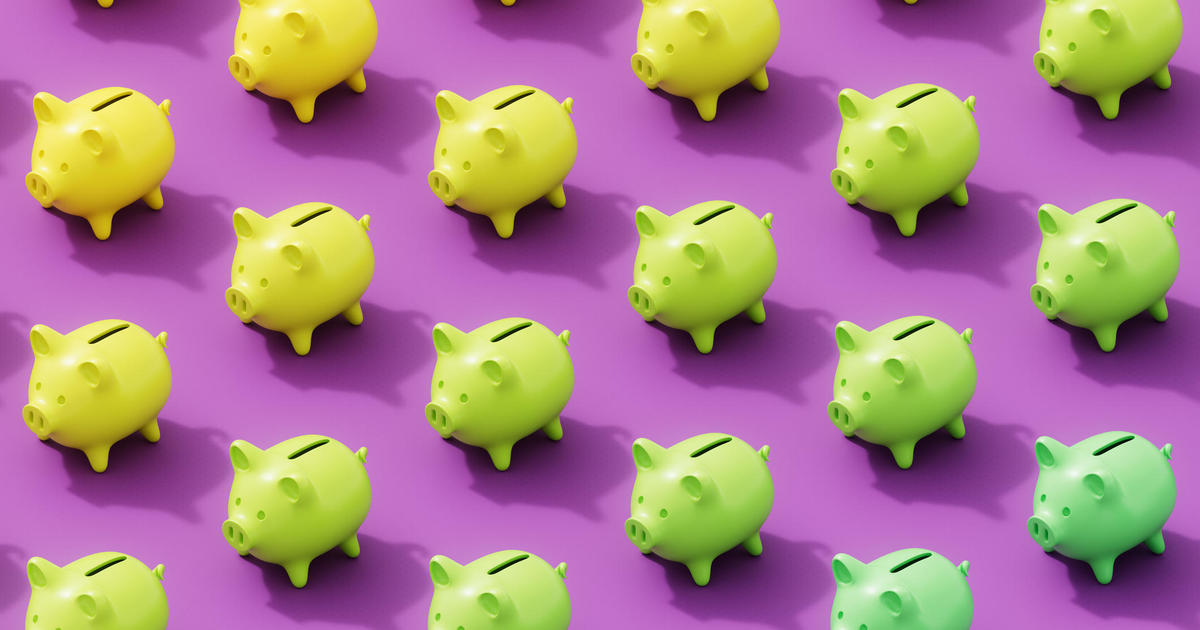Banks are finally inching up CD interest rates
The Federal Reserve has started to raise interest rates, but banks have been slow to react. However, recent signs of higher rates are finally encouraging savers who have been through a very long period of ultralow interest rates.
Why did it take more than a year since the Fed’s first rate hike to see higher deposit rates? One reason is that the Fed has been moving very gradually. The last increase in March, however, was a positive sign of the central bank’s confidence in a strengthening U.S. economy, and that appears to have motivated many banks to finally start raising deposit rates.
The Fed’s last two hikes occurred within only three months of each other (Dec. 14, 2016, and March 15, 2017). And from early December to early April, rates on some deposit accounts have risen. The largest increases have been on certificates of deposit (CDs) with terms of one year. The average one-year CD yield has risen four basis points, from 0.49 percent to 0.53 percent, an 8 percent rise. Smaller increases have occurred on longer-term CDs. The average five-year CD yield has risen six basis points to 1.46 percent, a 4 percent increase.
Savings account rates have changed the least. The average yield has held steady at 0.18 percent.
Even though average deposit rates may still be low with only slight upward movement, greater increases can be seen at a few internet banks that have a history of being rate leaders. Consistent with the averages, CD rates have been rising the most at these internet banks in the last four months, while savings account rate increases have been fewer.
In early April, the top yield at an internet bank for a five-year CD was 2.30 percent. This was available at Synchrony Bank, Capital One and State Farm Bank. Compare that to early December, when State Farm Bank was offering the top five-year CD yield for internet banks at only 2.10 percent. Capital One’s yield was 2 percent, and Synchrony Bank’s was 1.85 percent.
A similar increase occurred for one-year CDs. In early April, the top yield at an internet bank was 1.46 percent, from Virtual Bank. Lower yields were available at Live Oak Bank (1.40 percent) and Synchrony Bank (1.35 percent). In early December, the one-year CD yields were a markedly lower 1.31 percent at Virtual Bank, 1.30 percent at Live Oak Bank and 1.25 percent at Synchrony Bank.
The Fed’s benchmark federal funds rate is just one of several factors that affect deposit rates. As the Fed increases the federal funds rate, a strengthening economy that spurs loan growth and makes stocks look more appealing than safe deposit accounts can force banks to raise deposit rates.
For banks, CDs can be a more attractive product than savings accounts early in a rising interest rate cycle because CDs have fixed rates for a set period of time. Once banks start increasing savings account rates, competition among them can quickly drive rates up further. Internet banking has made it easy for savers to move their money, and as deposit rates rise, savers will be able to take advantage of that flexibility and finally earn some decent returns.
Ken Tumin is founder and editor of DepositAccounts.com, which has been tracking and rating the savings, CD and checking account offerings of banks and credit unions for more than a decade.



